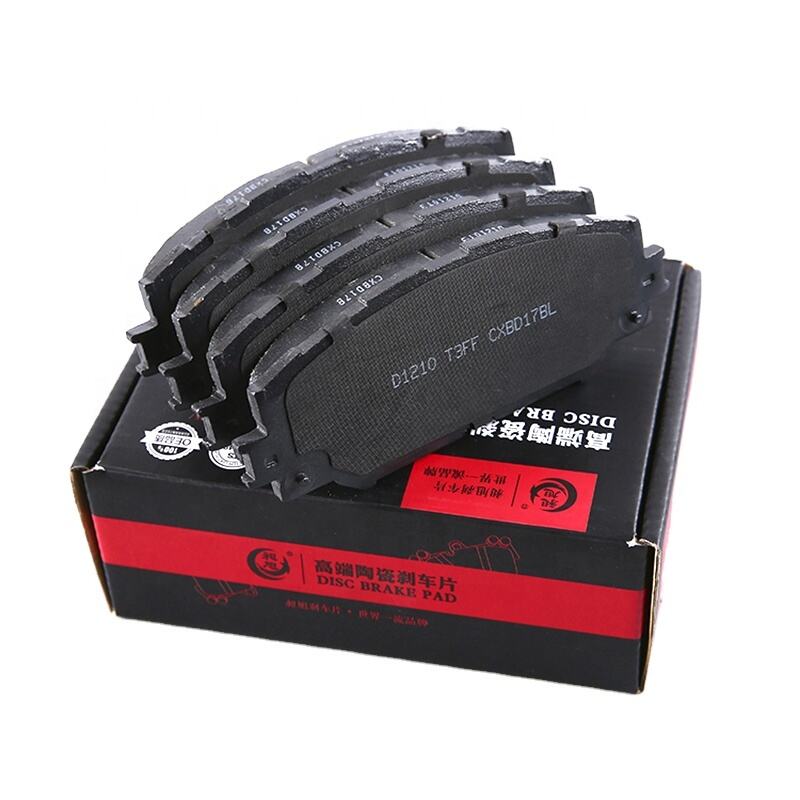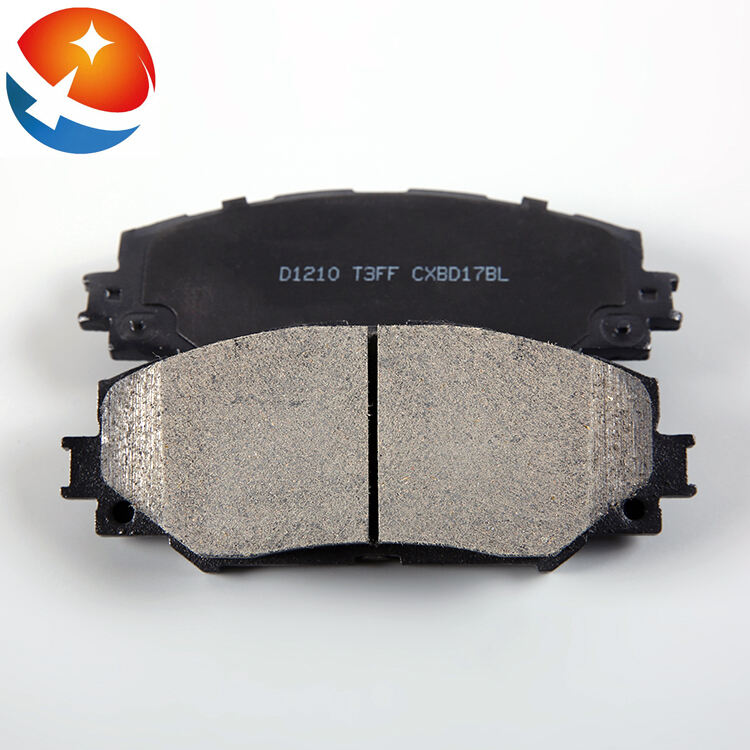automotive brake pad
The automotive brake pad stands as a critical safety component in modern vehicles, serving as the primary friction material that enables effective stopping power. These engineered components work in conjunction with the brake rotor to convert kinetic energy into thermal energy through friction, bringing vehicles to a controlled stop. Modern brake pads are manufactured using advanced composite materials, typically consisting of a steel backing plate bonded with friction material containing metallic, organic, and ceramic compounds. This sophisticated composition ensures optimal performance across various driving conditions while maintaining structural integrity under extreme temperatures. The design incorporates multiple layers, including a friction layer, bonding layer, and noise-reduction shims, working together to deliver consistent braking performance while minimizing unwanted noise and vibration. Brake pads are engineered to specific vehicle requirements, taking into account factors such as vehicle weight, intended use, and performance expectations. They undergo rigorous testing to ensure they meet safety standards and provide reliable stopping power throughout their service life. Regular inspection and timely replacement of brake pads are essential for maintaining vehicle safety and optimal braking performance.


